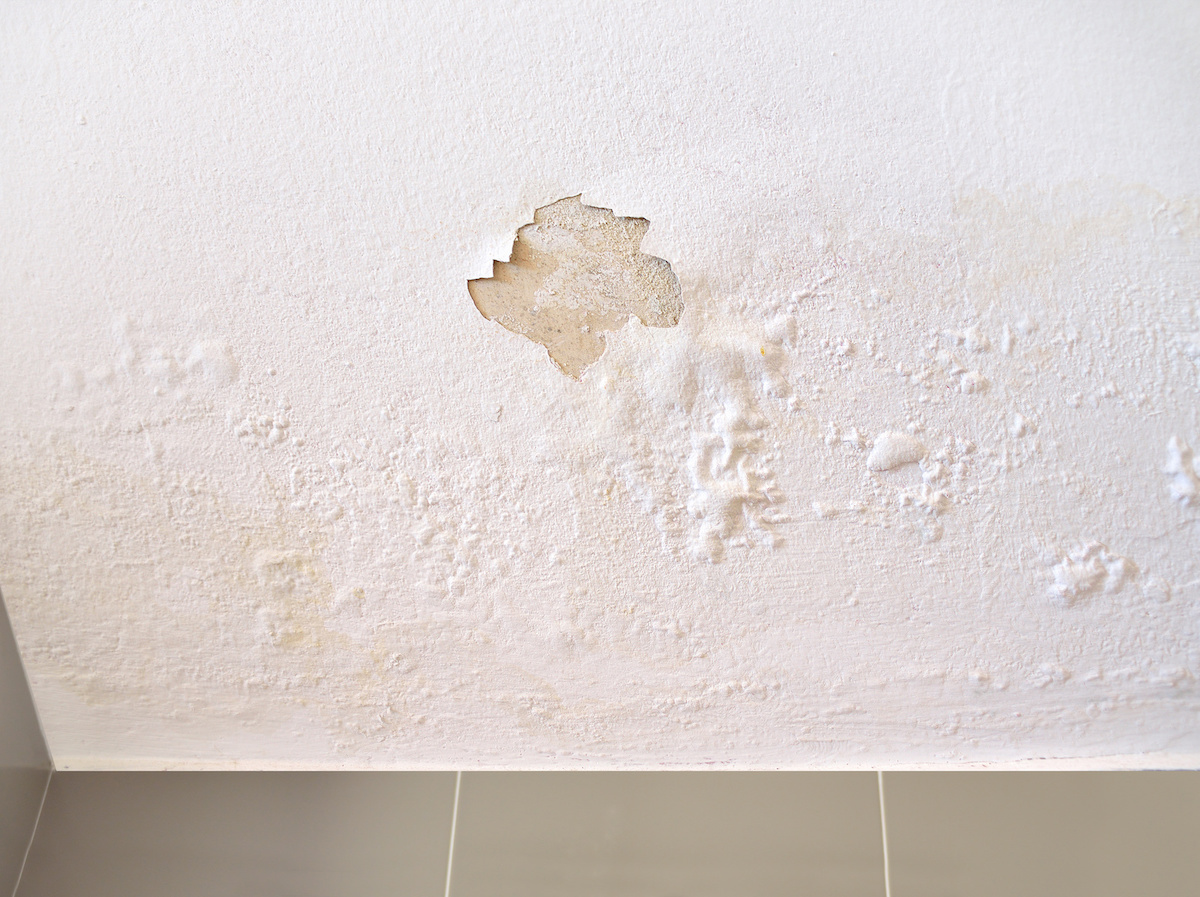Typical Reasons For Water Damage in a Bathroom
Typical Reasons For Water Damage in a Bathroom
Blog Article
What are your thoughts regarding Preventing Water Damage in the Bathroom?

The shower room is exceptionally vulnerable for damp build-up and also potential water damage due to the regular use water in it. This article provides basic examination strategies to aid detecting water damage risks.
The regular use water in the washroom makes it extremely vulnerable for moist build-up as well as possible water damages. By inspecting it regularly, you can decrease water associated damages.
The complying with collection of assessments is simple to do and also need to be done as soon as in every 3 months in order to maintain your bathroom healthy and to prevent potential water damages caused by the bathtub, the shower, pipe joints as well as plumbing, sinks, cupboards, as well as the bathroom
Do not overlook doing these assessments and also be complete while executing them. Remember that these straightforward assessments can conserve you a great deal of cash by giving very early indicators for water damage
Tub and Shower
The shower and bathtub require unique focus and also upkeep. Inspect the ceramic tiles as well as replace if cracked. Make sure that there is no missing out on cement between the tiles. Inspect and change split caulking at joints where the wall surfaces satisfy the flooring or the bath tub. Obstructed drains pipes as well as pipes troubles will certainly stop the tub from drying and also might suggest serious problems under the tub. Speak with a professional immediately to avoid structural damages. Focus on discolorations or soft areas around the bath tub walls as they may show an interior leak.
Plumbing
Signs for water damages are tough to discover considering that a lot of pipelines are mounted inside the walls.
Pay unique interest to flooring and also wall surfaces moisture and also spots as they may show an unnoticeable plumbing problem. Examine moisture degrees in adjoining rooms too.
Sinks and Cabinets
Sinks and also cupboards are exposed to dampness and moisture everyday and also are typically overlooked. Check routinely under the sink as well as on the countertop over it. Repair any kind of drip in the trap as it might suggest drainpipe problems. Browse the sink, slow-moving draining pipelines might indicate an obstructed drain. Change sink seals if they are cracked or loose.
The Commode
The bathroom is an at risk water junction. Examine the water lines and look for leaks around the bathroom seat, in the tube, and under the water container. If you spot any kind of signs of wetness on the flooring around the toilet, look for leakages in the toilet rim and also tank seals.
Understand that hanging commode bowl deodorants raises the chances for blockages.
Water Damage Signs In The Bathroom To Avoid Cleanup
Musty smell
This is one of the easiest signs to catch because musty smells are so odorous. The damp, earthy, moldy smell should be a big red flag. The smell will develop when moisture gets trapped in surfaces, and begins to facilitate mold growth. Leaking pipes under cabinets, inside walls, and behind shower fixtures will cause moisture to stay trapped and not dry, which will lead to mold growth and spread. As soon as you notice any musty smells in your bathroom, have it checked for hidden water damage and cleanup signs.
Visible mold
If the smell isn’t there to give it away, sometimes you will actually see mold growth. Finding mold in your bathroom is a serious problem, because mold is very harmful to your health. By the time mold growth is visible, it also means that water damage has already occurred and been present for some time. The only way the mold problem can be resolved is to find the source of the moisture and get it stopped. To safely and adequately remove mold, you need to have professionals handle the remediation. Do not waste any time in getting mold problems addressed, fixed, and sanitized so that you can protect you and your family from the many respiratory symptoms caused by mold exposure.
Damaged floors
Bathroom floors should be able to withstand some exposure to water while still remaining in good condition. However, when excess exposure or water leaks occur, they will begin to damage even the most water-resistant flooring. If you notice any cracking, bubbling, staining, or warping on your bathroom floors, there is probably a water leak somewhere causing the distortion. If you notice areas of the floor have become softer, or even have a spongy feeling, there is probably damage to the subfloor. Subflooring is typically made up of plywood. When plywood is exposed to water or moisture, it will absorb it. Once it has become saturated, the weight of the excess water will cause the wood to swell and soften. Check the floors in your bathroom frequently to catch any of these sings before they lead to damaged subflooring.
Changes on walls
When water leaks behind walls, it will cause changes in the drywall. Peeling plaster, blistering paint, and soggy wallpaper are all good indicators that excess water is building up behind the wall. Water leaking behind drywall will cause it to swell and be soft to the tough. If you start to notice gaps along the trim of your walls, or where tile meets the wall, it could also be a strong indicator that there is a leak behind the wall. Any changes, distortion, or damage on the walls should be evaluated as soon as you notice it to prevent further water damage and cleanup.

As a fervent person who reads on Common Causes of Water Damage in a Bathroom, I assumed sharing that excerpt was worth the trouble. In case you liked our blog entry if you please do not forget to pass it around. Many thanks for taking the time to read it.
Visit My Website Report this page